Looking into dehumidifier - what are the considerations?
pbx2_gw
11 years ago
Related Stories
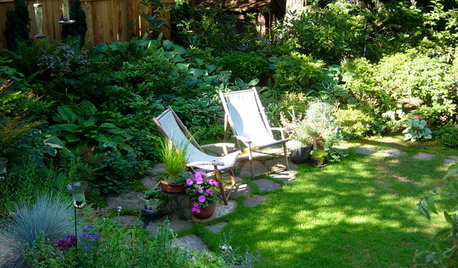
LANDSCAPE DESIGN5 Essential Considerations for a Landscape Design Project
Get your winter garden fix by planning an entirely new landscape or just an update for a single garden stretch
Full Story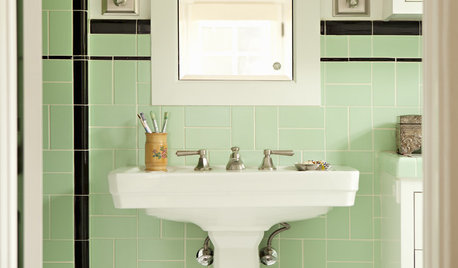
BATHROOM DESIGN9 Surprising Considerations for a Bathroom Remodel
Don't even pick up a paint chip before you take these bathroom remodel aspects into account
Full Story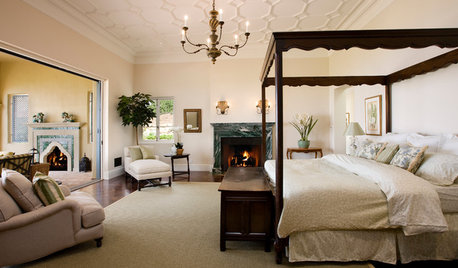
ADDITIONS10 Considerations for the Bedroom Addition of Your Dreams
Get the master bedroom you've always wanted by carefully considering views, access to the outdoors and more
Full Story
REMODELING GUIDES4 Key Space-Planning Considerations
Before you head full steam into a remodel or furniture update, heed this advice from the pros to put your space on the right track
Full Story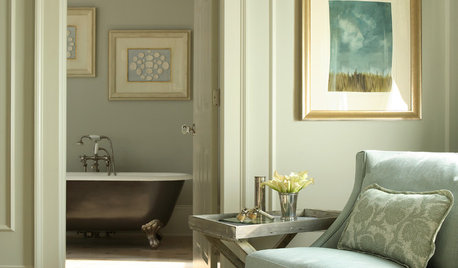
DECORATING GUIDES11 Distinctive Details for Upscale-Looking Upholstery
Give the upholstery on your chair, sofa, banquette or headboard a high-end look with details that create polish
Full Story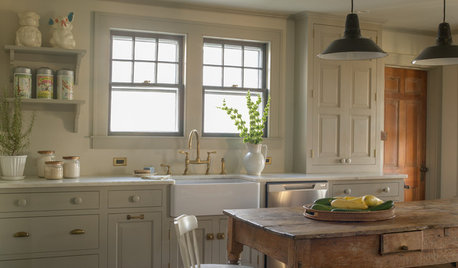
DECORATING GUIDES15 Ways to Get the English Cottage Look
Look to nature, inexpensive fabrics and small swaps to conjure a country-house vibe
Full Story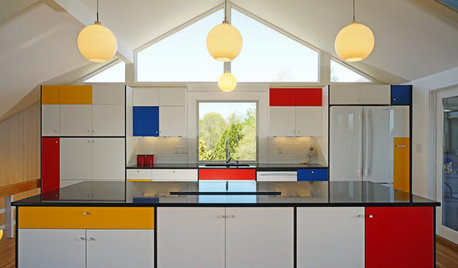
KITCHEN DESIGNKitchen of the Week: Modern Art Inspires a Color-Blocked Look
In a midcentury beach house on Martha’s Vineyard, a redesigned kitchen embraces the look of Mondrian
Full Story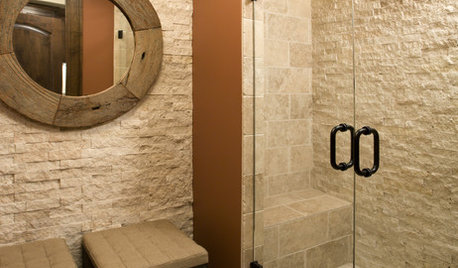
TILEBathroom Tile: Loving the Look of Ledgestone
Stacked-stone tile looks amazing in a bathroom, especially when washed with light. Here's what to think about before you buy
Full Story
LIGHTINGHouse Hunting? Look Carefully at the Light
Consider windows, skylights and the sun in any potential home, lest you end up facing down the dark
Full StoryMore Discussions






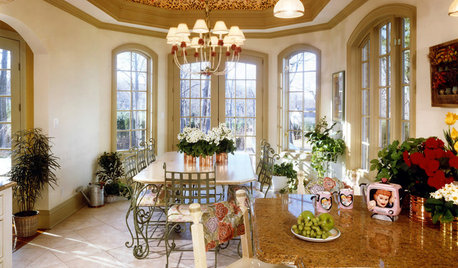
pbx2_gwOriginal Author
weedmeister
Related Professionals
Champlin Solar Energy Systems · Old Saybrook Solar Energy Systems · Annapolis Home Automation & Home Media · Birmingham Home Automation & Home Media · Broomfield Home Automation & Home Media · Castle Rock Home Automation & Home Media · Hull Home Automation & Home Media · Kissimmee Home Automation & Home Media · Lenexa Home Automation & Home Media · Milton Home Automation & Home Media · Tamiami Home Automation & Home Media · East Setauket Home Automation & Home Media · Sugar Hill Home Automation & Home Media · League City Fireplaces · Simi Valley Fireplacespbx2_gwOriginal Author
ionized_gw
weedmeister
Elmer J Fudd
brickeyee
ionized_gw
pbx2_gwOriginal Author
mike_home
pbx2_gwOriginal Author
pbx2_gwOriginal Author
Dry_Dog
mike_home
pbx2_gwOriginal Author
pbx2_gwOriginal Author
juliekcmo
cindywhitall
pbx2_gwOriginal Author
ionized_gw
energy_rater_la
pbx2_gwOriginal Author
energy_rater_la
pbx2_gwOriginal Author
energy_rater_la
pbx2_gwOriginal Author
ionized_gw
pbx2_gwOriginal Author
energy_rater_la
weedmeister
pbx2_gwOriginal Author
ionized_gw
pbx2_gwOriginal Author
ionized_gw
energy_rater_la
pbx2_gwOriginal Author
energy_rater_la
pbx2_gwOriginal Author